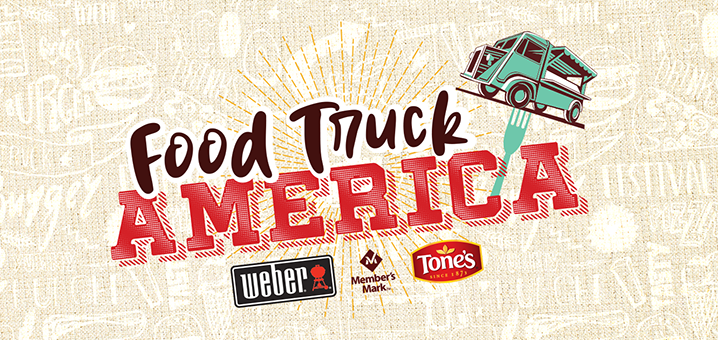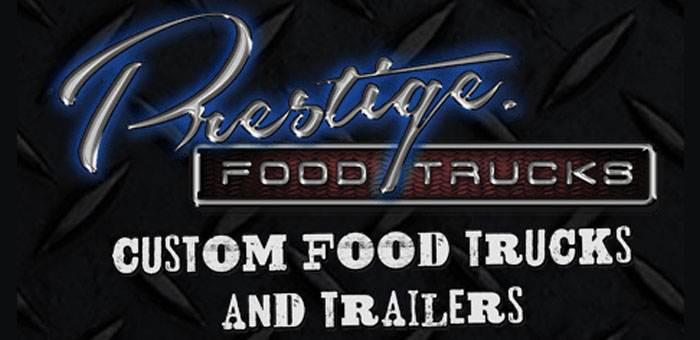Take a food truck to Chicago and you may be required to attach a GPS tracking device to it. Maneuver afood truck through New York and be prepared to possibly limit drink sizes to 16 ounces.
Park a food truck in Indianapolis and enjoy being able to do business in an environment of few regulations. The labor laws and health codes that govern restaurants apply to food trucks, but owners do not have to worry about extra requirements like tracking systems and operating only in specific zones.
Indeed, the lack of regulations is credited with helping to foster the growth of the industry in Indiana’s capital city from essentially one truck in 2010 to 47 trucks and counting today. To sustain the comparatively cart blanche atmosphere, a loose coalition of food truck and some brick-and-mortar restaurant owners are trying to work together to avoid the kinds of disputes that could inspire city hall to cook up a new ordinance.
“Restaurateurs are not by nature people who ask for more regulation,” said John Livengood, president of the Indiana Restaurant Association.
Crystal Williams, an associate at Barnes & Thornburg LLP, has become familiar with
the differing regulations as part of her work assisting national restaurant chains that are expanding into the food truck sector. She emphasized these established eateries cannot arrive in a city, flip open their truck, and start serving food. Rather they have to adjust their operations to comply with the unique codes of each community.
For example, Chicago does not allow food trucks to cook on board or park within 200 feet of a restaurant. However, Indianapolis permits food trucks to station themselves in any valid parking space and cook on board but prohibits the sale of food on public property between 10 p.m. and 6 a.m.
The patchwork of requirements can be confusing and frustrating, but Williams does not expect a call for national regulations regarding food trucks. Each city, she said, knows what it needs and fashions its ordinances accordingly.
A business is a business
When he sketched out his business plan for his food truck, Matt Kornmeyer, owner of the Scratchtruck, admitted he planned for failure. He thought he would need at least 40 customers at lunch each day to survive, but he now averages between 70 and 100 customers and is three years ahead of his revenue targets.
“I still don’t get it,” Kornmeyer said of the popularity of food trucks. “I’m right in the middle of it, and sometimes I sit and shake my head and say, ‘Look at all the people.’”
That kind of success is spurring the growth of food trucks across the United States and luring chain restaurants like Chick-fil-A, Subway and Taco Bell to put trucks on the street.
“I think it’s becoming a new way we are consuming food,” Williams said. “I think it is becoming a middle ground between a large, fancy restaurant and fast food.”
However, Williams cautioned against the assumption that success in the food truck industry comes easy. Owners have to be aware of not only the regulations specific to mobile vendors but also of the laws and requirements, like local employment laws and intellectual property safeguards, that apply to any business operation.
Find the entire article by Marilyn Odendahl at theindianalawyer.com <here>




